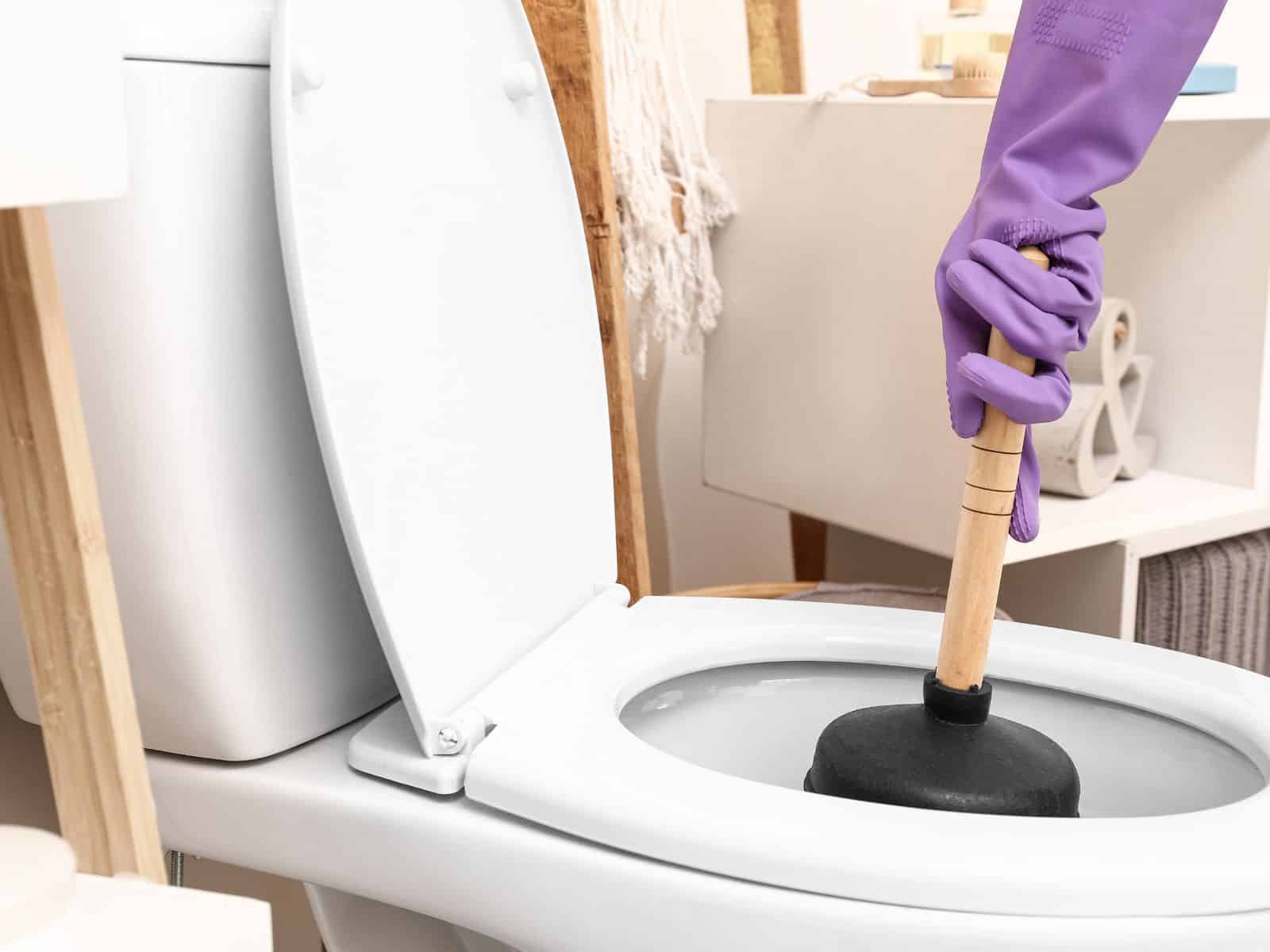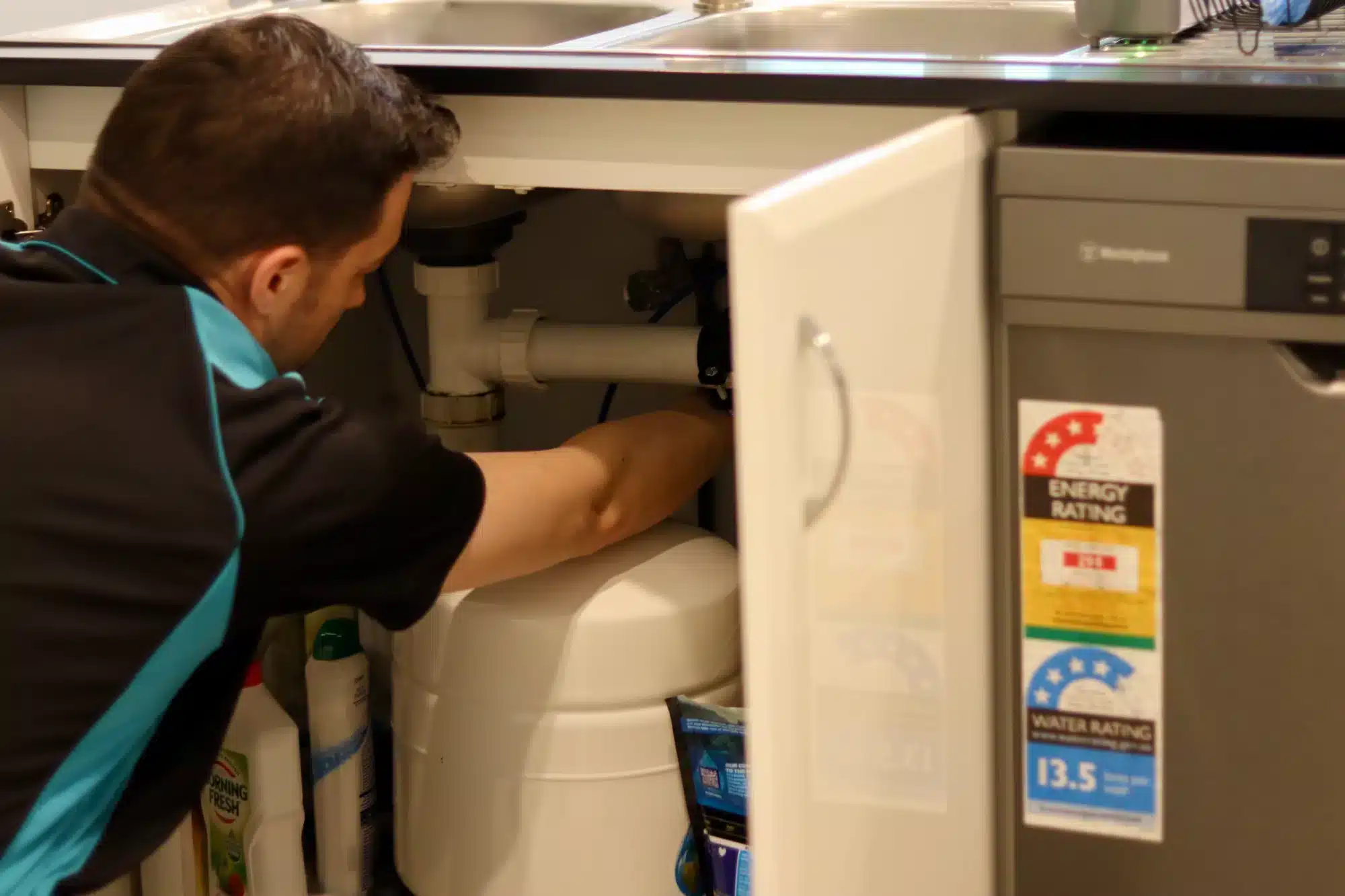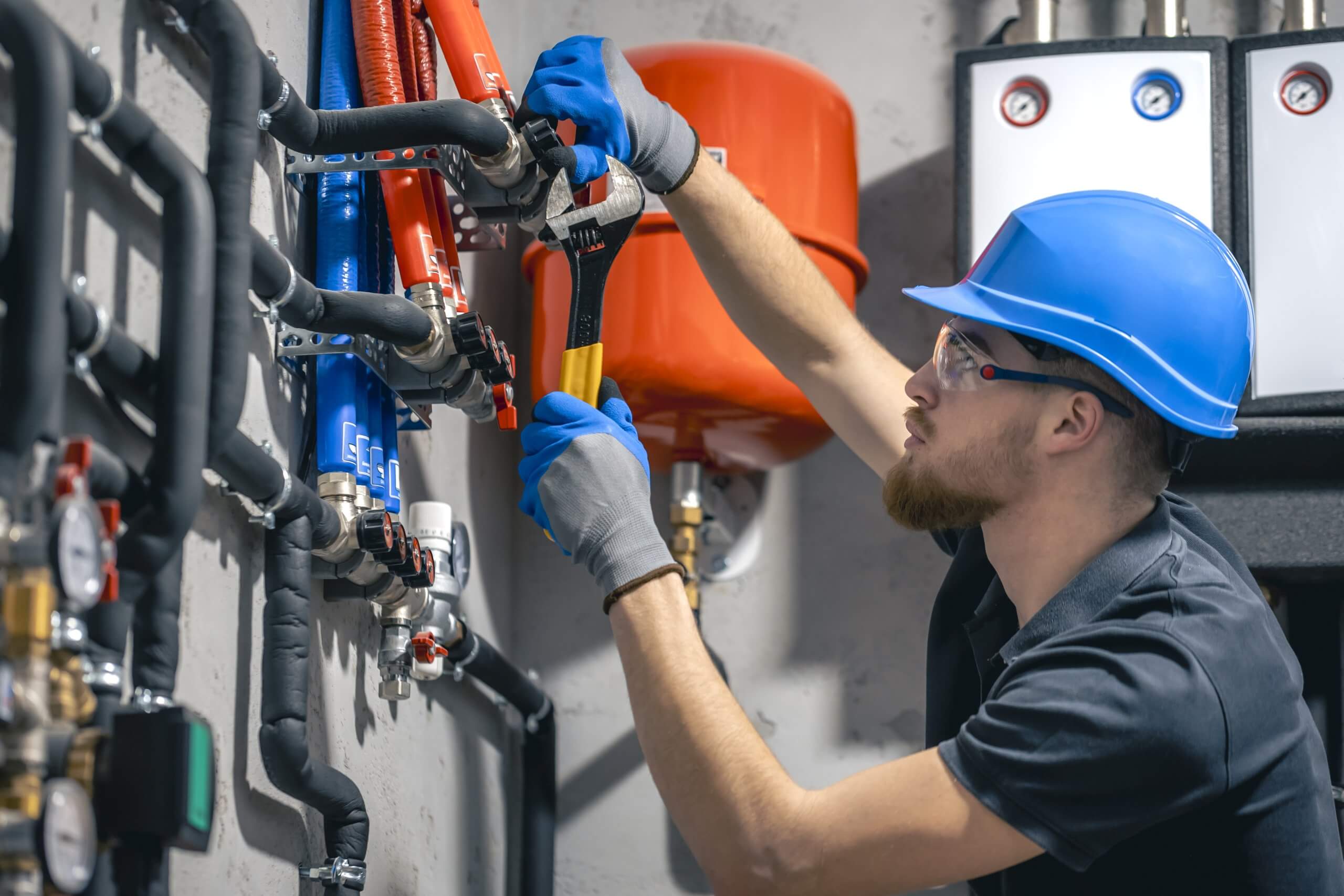Have you ever walked into your bathroom and heard strange noises coming from your toilet, even though it hasn’t been used? It’s a frustrating and often confusing issue, but it’s more common than you might think, especially when it comes to various toilet sounds . Toilets are meant to operate quietly in the background, so when they start making unusual noises, it can leave homeowners puzzled. Fortunately, most of these noises have simple causes that can be fixed with a little attention.
In this guide, we’ll explore different toilet noises, what they mean, and how you can troubleshoot and fix the issues. Whether it’s a hissing sound, a gurgling toilet, or the eerie “ghost flushing,” we’ll help you understand why your toilet is making noise when not in use and how to fix it.
Common Toilet Noises and Their Causes
Toilets can produce a variety of sounds, each with its own cause. Understanding these noises is key to identifying the problem. Here are some of the most common sounds and what they mean:
Banging Noises (“Water Hammer”)
One of the most common and startling toilet noises is a loud banging or thumping sound. This usually happens when water pressure in the supply line is too high. It occurs when water flowing through the pipes is abruptly stopped by the shut-off valve, creating a shockwave that causes the pipes to vibrate. The result is a banging sound, which often happens when the water supply valve closes or when a valve further down the plumbing system shuts off the water. Over time, this can damage your plumbing.
Gurgling or Bubbling Sounds
If your toilet is making gurgling or bubbling noises, it’s likely due to a blockage in the sewer system or a problem with the vent pipes. These sounds occur when air or water tries to pass through a blockage in the drain line, such as toilet paper clogs, often leading to a backup, particularly in the toilet bowl. A blocked vent pipe can also prevent air from escaping, causing gurgling sounds as air bubbles try to find their way out.
Ghost Flushing
Have you ever noticed your toilet flushing on its own, without anyone touching the handle? This phenomenon, known as “ghost flushing,” is usually caused by a leaky valve, worn or misaligned flapper, or flush valve, often resulting in losing water . When these components don’t close properly, water can slowly leak into the bowl, causing the fill valve to activate and flush the toilet. This can waste water and increase your water bills.
Hissing Sounds
A hissing sound is another common toilet issue, often caused by a faulty fill valve or a problem with the flapper. If the fill valve isn’t functioning properly or the flapper doesn’t seal the opening correctly, and the fill valve lock nut is not secure, high water pressure can cause water to continuously trickle into the tank, creating a continuous hissing noise. This continuous water flow can lead to higher water bills and potential plumbing damage.
Vibrating Noises
If your toilet makes a vibrating noise, it may be due to a worn diaphragm gasket inside the fill valve. The diaphragm regulates the water flow into the tank, and if it’s damaged, it can cause the fill valve to vibrate. These vibrations can also happen if there’s excess water pressure or air trapped in the overflow pipe, which can create a vibrating sound and make the pipes shake and rattle when water is flowing through them.
Common Toilet Valve Issues
Toilet valves play an important role in regulating the flush and fill system. If your toilet is making persistent noise, the issue could be with one of these valves in the flushing system, or it could be a problem with the water supply connection . Common valve problems include:
- Faulty Fill Valve: This controls water flow into the toilet tank. If it’s faulty, it may lead to constant hissing or running sounds.
- Leaky Toilet Valve: Over time, toilet valves can develop leaks, causing the fill valve to keep running to maintain the water level, resulting in constant noise.
- Defective Ballcock Assembly: This mechanism controls the water level in the tank. If it malfunctions, it can cause noise during the filling process.
- Faulty Flapper or Flush Valve: A damaged flapper or flush valve can cause ghost flushing. If these components don’t seal properly, water leaks from the tank into the bowl, triggering the fill valve to activate.
Mineral Buildup
In areas with hard water, calcium and other minerals can build up inside your toilet, affecting the flush and causing strange noises. This buildup can occur around the flush and fill valves, reducing water flow, and affecting how efficiently the toilet tank refills . Regular cleaning with vinegar or a specialized cleaner can help remove calcium deposits and prevent these issues.
Other Causes of Toilet Noise
Several other factors can contribute to toilet noise, including issues with the water supply line and negative air pressure.
- Loose Pipes: Loose or unsecured pipes can rattle or bang when water flows through them. Tightening these connections can help eliminate the noise.
- Clogged Vent: A clogged vent pipe can trap air, causing gurgling or whistling sounds. Clearing the vent can resolve this issue.
- Worn-Out Mack Washer: The mack washer, a rubber seal, can wear out over time and cause a hissing or whining sound. Replacing it can stop these noises.
- Low Water Pressure: Low water pressure can cause weak flushing and trap air in the pipes, leading to strange noises.
Toilet Water Supply Line Issues
Another possible culprit for toilet noise is the water supply line. If the supply line is improperly installed or becomes damaged, it may result in noise issues. You may hear a whining or squealing sound as water struggles to move through the line.
- Kinked or Blocked Supply Line: If the supply line is kinked or blocked, it can cause the water to flow unevenly, resulting in noise as the water struggles to pass through.
- Water Supply Pressure Issues: If the water supply pressure is too high, it can lead to excessive force pushing through the supply line, resulting in vibrations or whistling sounds.
Toilet Fill Valve Problems
The fill valve in your toilet is responsible for filling the tank with water after a flush. A malfunctioning fill valve can cause various noises.
- A Misaligned Fill Valve: If the fill valve is misaligned, it may not properly control the water flow, leading to hissing or running sounds.
- Worn-Out Fill Valve: If the fill valve is old or worn out, it might not completely close when the tank is full, which can cause the toilet to continuously fill or make a hissing sound.
Faulty Flapper Valve
The flapper is a rubber component located at the bottom of your toilet tank. When you flush the toilet, the flapper lifts to allow water to flow into the bowl. Over time, this component can degrade and cause various issues.
- Flapper Not Sealing Properly: If the flapper is not sealing properly, water can continuously leak from the tank into the bowl, triggering the fill valve to continuously refill the tank, which could lead to constant noise or ghost flushing.
- Misaligned Flapper: Sometimes, a misaligned flapper can cause water to leak slowly into the bowl, leading to the same ghost flushing issue.
Loose Tank Parts
If parts of the toilet tank are loose, such as the fill valve, flapper, overflow tube, or a loose washer inside, they can vibrate or rattle when the toilet is not in use. This can result in a noisy toilet even when no one is flushing.
- Loose Fill Valve: A loose fill valve can create a vibrating sound as water flows through it. Tightening the fill valve can help resolve this issue.
- Loose Flapper: A loose flapper can make noise when the tank is filling, as it may not seal the opening tightly. Replacing or adjusting the flapper can help eliminate this noise.
DIY Fixes and Troubleshooting
Before calling a plumber, try these simple DIY fixes:
- Check for Leaks: Inspect the toilet for leaks. Fixing leaks can prevent further noise and plumbing issues.
- Clear Blockages: If you hear gurgling or bubbling, use a plunger or drain snake to clear any blockages in the toilet, drain lines, or vent pipes.
- Adjust the Fill Valve: If you hear hissing, adjust the fill valve or replace it if necessary.
- Replace the Flapper or Flush Valve: If your toilet is ghost flushing, replacing the flapper or flush valve can resolve the issue.
- Install a Toilet Flushing Kit: If components are worn, a flushing kit can replace the necessary parts.
Regular Maintenance Tips
Maintaining your toilet regularly can help prevent noise issues from developing in the first place. Here are some tips to keep your toilet running smoothly:
- Clean the Toilet Components: Regularly clean the fill valve, flapper, and other components to prevent mineral buildup and debris from affecting the function.
- Check the Water Pressure: Ensure that your home’s water pressure is within the recommended range. High water pressure can cause noise, while low pressure can lead to poor flushing.
- Inspect the Pipes: Check for any loose or damaged pipes and secure or replace them as needed to prevent rattling or banging noises.
When to Call a Professional Plumber
While many toilet noise issues can be solved with DIY fixes, some problems may require professional help, such as when you need to replace flapper components . Consider calling a plumber if there are issues with the supply line or:
- Persistent Blockages: If the noise persists or there are severe blockages in your system, a plumber may need to use specialized tools.
- Sewer Line Problems: If the noise is coming from multiple fixtures, it could indicate a problem with the main sewer line.
- Plumbing Design Issues: Poorly installed plumbing may require professional assessment and repairs.
Conclusion
Toilet noises can be annoying, but most of the time, they signal an underlying plumbing issue, such as water loss, that can be easily fixed. By understanding the cause of the noise and trying simple DIY fixes, you can often resolve the problem yourself. If the issue persists, don’t hesitate to call a plumber to ensure the problem is properly addressed. Regular maintenance can help ensure that the tank fills properly, keeping your toilet running smoothly and quietly for years.






